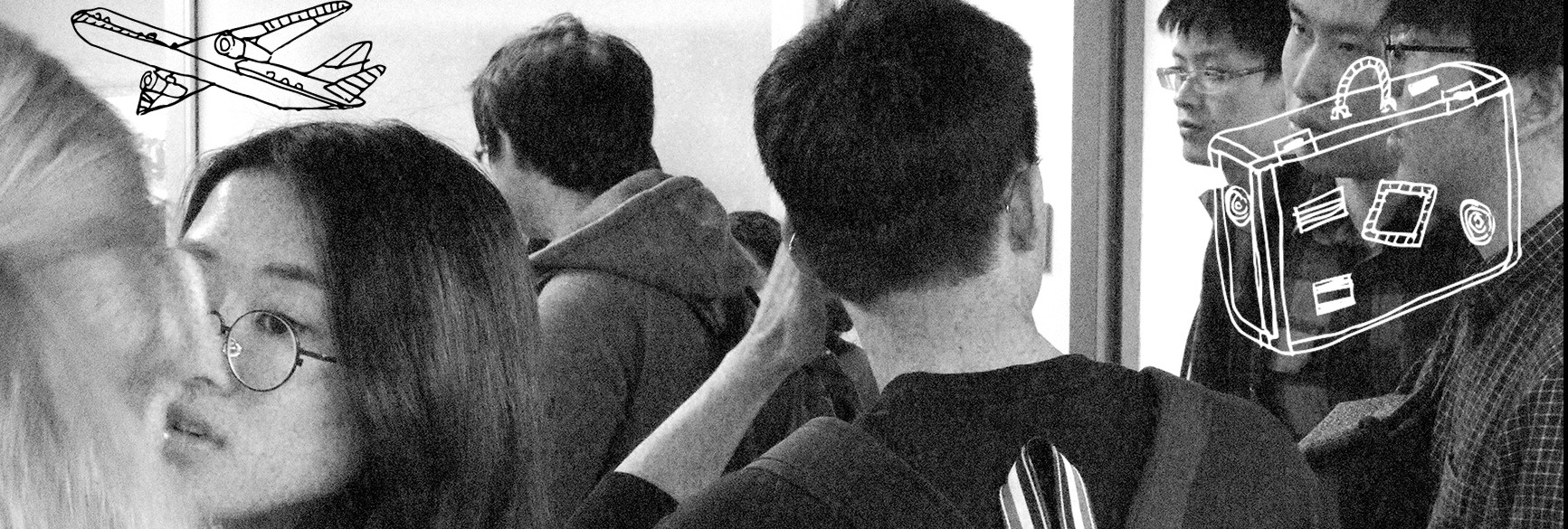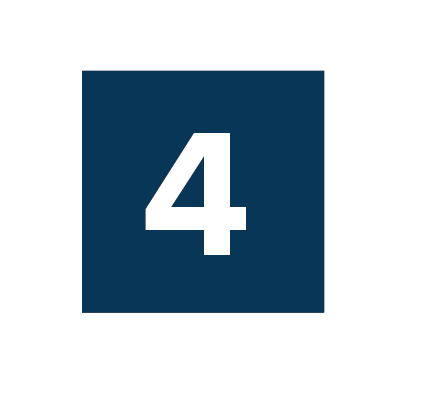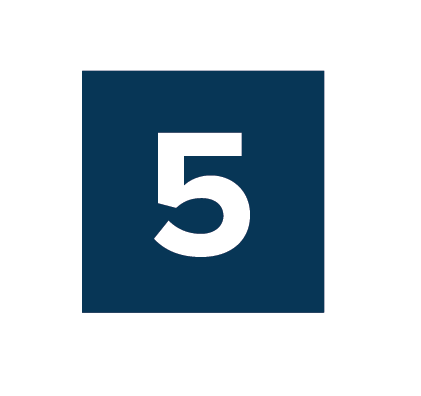Prepare for Departure
Be aware of the earliest date you may enter the U.S.

Organize your documents
Have these documents in your hand (and not packed in a suitcase) for the officer to review:

Additional things to pack into your carry-on
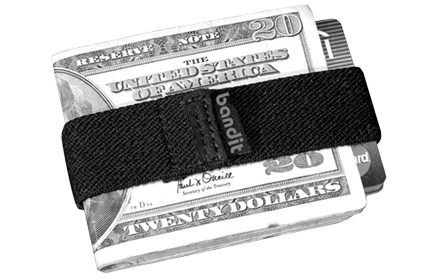
U.S. Currency and credit cards from home (if necessary). Cash high recommended!
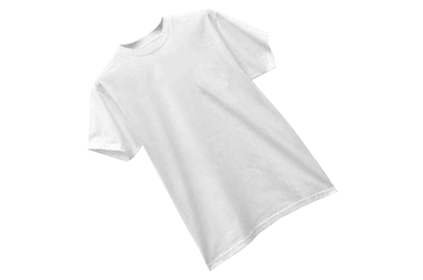
In case of unexpected delays or lost baggage.
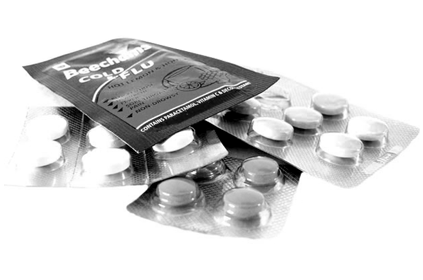
Prescriptions must be obtained from a doctor and medication is dispensed by a pharmacist.
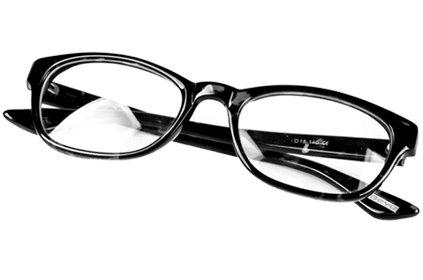
Quite expensive and not fully covered by medical insurance.
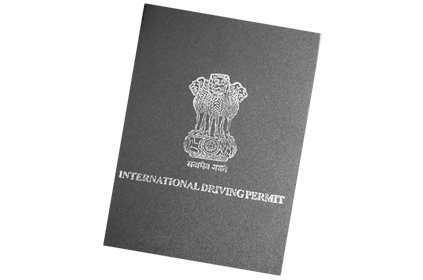
With home-country driver's license.

Plan your first day/night
Remember to plan your transportation, destination, and how you will communicate (as needed). Plan how your phone (service, data, etc.) works internationally. Not all airports have reliable and free Wi-Fi. If someone is picking you up, plan accordingly because the U.S. Customs line can take more than an hour.
Enter through the U.S. Port of Entry
Customs and Border Protection (CBP) is part of the Department of Homeland Security (DHS) and is the government agency that controls admission to the United States. Your visa and other immigration documents are evidence of your eligibility to apply for admission in a particular visa status at a U.S. Port of Entry. The CBP officer makes the final decision on your admissibility.
What to expect
There will be two lines for Customs and Immigration—one for U.S. citizens and the other for international visitors.
The immigration officer will review your documents and ask you a few questions about the purpose of your travel to the U.S.
If all is in order, the officer will admit you to the U.S. in the immigration classification and stamp your passport with:
- date and place of arrival
- immigration status
- expiration of this status
J-1 Scholar: Stamp should be for J-1 for “D/S” which reflects Duration of Status (until the end of the program on your DS-2019)
H-1B Employee: stamp for admission in H-1B status with a specific date which is the expiration of the approved petition
TN Employee: stamp for admission in TN status with a specific date up to 3 years from the date of entry.
CBP also creates an electronic record of your arrival (I-94 Arrival/Departure Record). Check it a day or two later to make sure it is correct.
Make sure you have all your papers and hand luggage with you before you leave the inspection area.
Remember to pick up your luggage at the designated carousel for your flight and exit the airport passing through Customs.
Get to Your Destination from the Airport
These airport websites have useful information about different types of transportation available to get to your destination. Click on the tab "Plan Your Airport Travel" on the websites of each of the three airports serving NYC (below) to get information about taxis, vans, and public transportation:
Additional tips
- Use only an official yellow or green cab from the taxi line with a dispatcher outside arrivals. The dispatcher will give you a paper that identifies the taxi you're riding in and the rates.
- Taxis between JFK and Manhattan have a flat fare, rather than a metered fare, excluding tolls and tips.
- You can pay with a credit card or cash. It is customary to tip 10 - 20% on top of the fare. In addition, you will be charged for the toll of the bridge or tunnel used.
- Do not accept offers of rides from anyone else! They are unregulated and have been known to overcharge new arrivals. Do not let anyone take your luggage. Do not engage in conversations, just say “no thanks” and leave. Some of these scammers will try to roll away your suitcase so always be mindful of your belongings!
If you use services such as Uber, Lyft, etc., the price may be lower than a regular taxi but the wait is usually as long (expect at least 30 mins to secure a ride). There are special areas designated for ride services and cabs, so be sure to go outside and wait by the designated curbside area.
Learn about U.S. Social Customs and Etiquettes
There are many differences between the U.S. and other countries. There are a lot of resources online you can read about. See the Edupass guide to US social customs and cultural differences. Keep in mind that the U.S. is so large that it is hard to generalize because of variations across regions.
- Tipping. It is customary to tip 15-20% of your total in restaurants where you are seated and served at a table.
- The US uses the imperial system for measurement and Fahrenheit for temperature.
- The prices listed usually don’t include sales tax.
- Dates are written as “Month, Day, Year” and not “Day, Month, Year” or “Year, Month, Day.” e.g. 02/01/2022 is February 1st, not January 2nd.
- Addresses start with building numbers instead of street names. e.g. 524 Riverside Dr.
- The US uses a twelve-hour clock system with AM/PM instead 24-hour clock system, which is called "military time" here. (e.g., 3:00 PM rather than 15:00)
- Sometimes, “How are you?” can be more of a statement in passing rather than a question.
- Often food portions are larger than in other countries.
- The legal drinking age is 21 and in New York, you can’t drink in public spaces.

